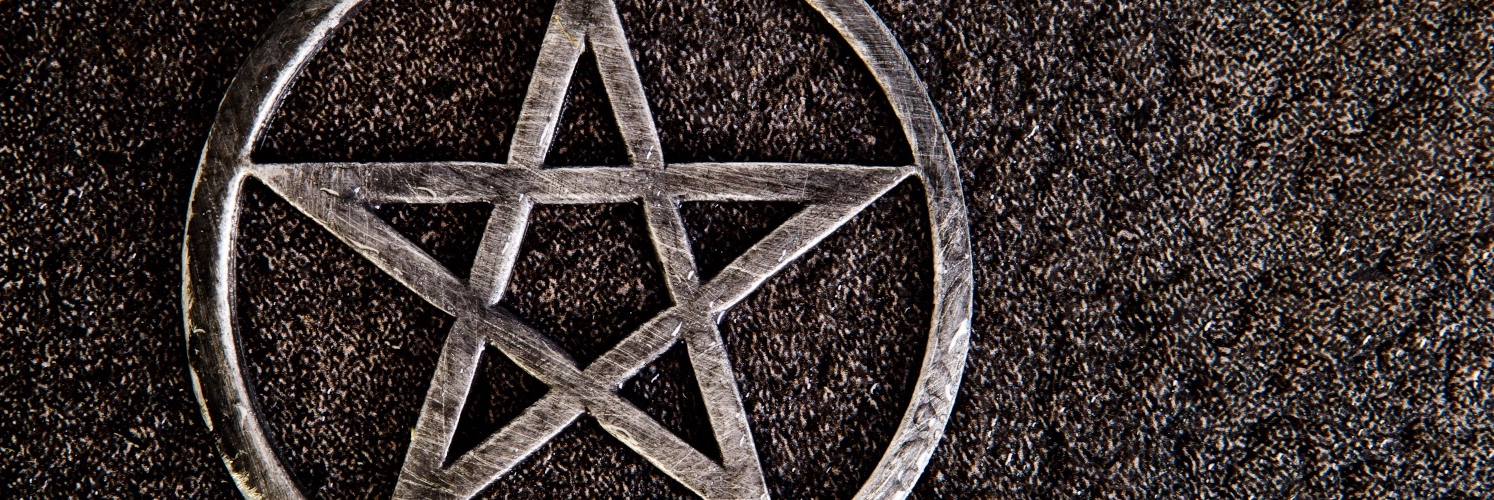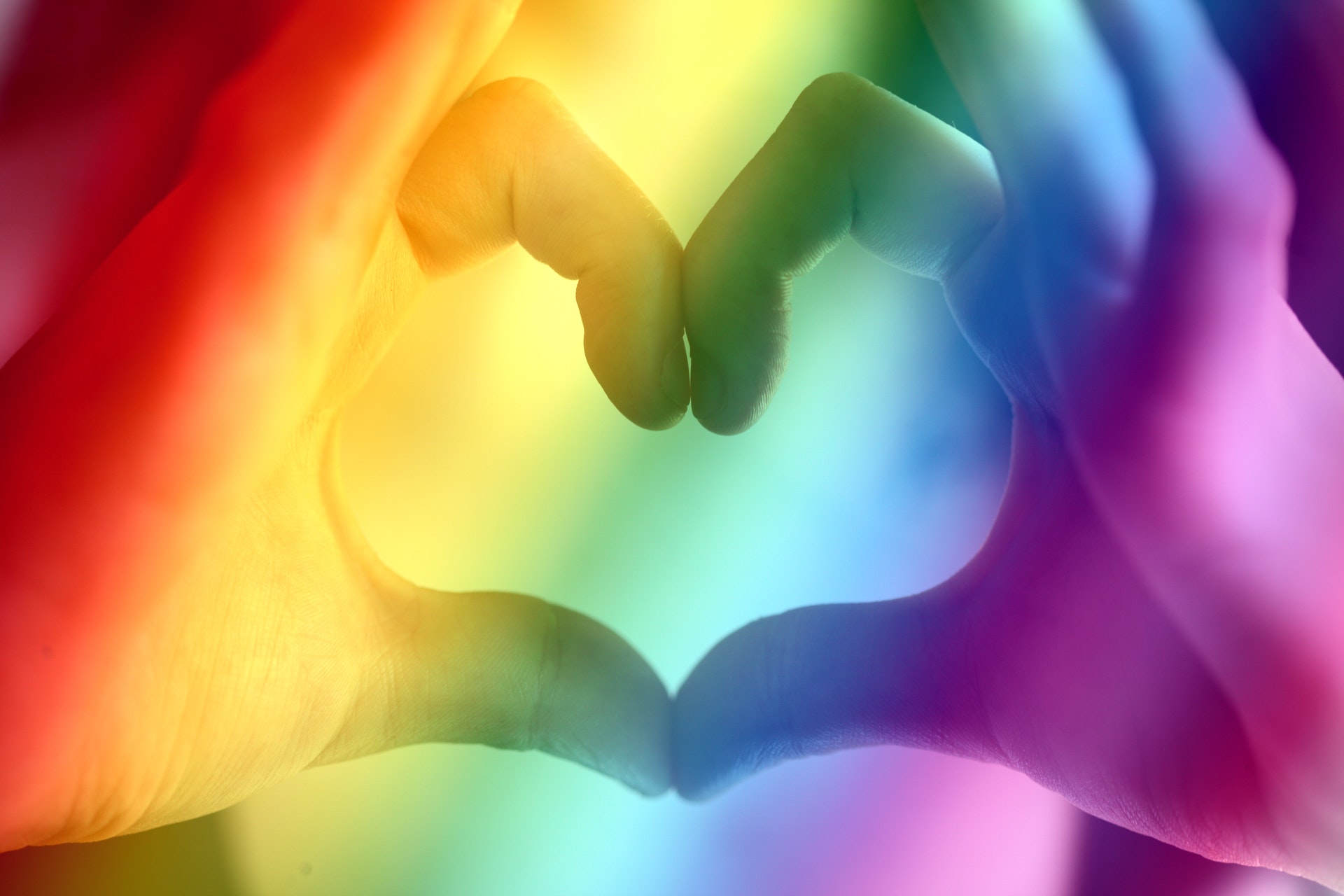In Paganism, we’ve come a long way from “gay people mess up the energy in circle”. There are a variety of traditions who are open to working with Queer folks. But we’re still largely in the stage of accepting Queer people. Encouragingly, there’s movement toward affirming Queer people, but it’s still working its way through the Pagan movement as practitioners think deeply about their spirituality and the hows and whys of their tradition or path. It’s a theological exercise that challenges people to examine their own biases and concept of the universe, and that is slow and difficult work whether one is Queer or not.
Affirming Queer people isn’t simply a matter of changing up how we act when Queer people are present. Accepting Queer people still passively excludes us in certain ways, while affirming Queer people fully embraces who we are and invites full participation in all aspects of mundane and spiritual life. It’s supremely important to recognize the difference between the two. Accepting says ‘we don’t hate you just because you are who you are’. Affirming says ‘we love you precisely because of who you are’. There’s a big cognitive difference in those two statements. One maintains a heterosexist status quo while the other queers the entire interaction, upending assumptions and reveling in the totality of the human experience.
Part of what makes affirming Queer people so difficult is that it leads down the path of affirming other people that we dislike or are uncomfortable with — Black people, Disabled people, people from other political parties, and incarcerated people. And if we do that, well, we’ll come to the realization that things need to change in a radical way. And that’s scary, even for those who are well-prepared to undertake that task and embrace the full humanity of their fellow humans. But that’s another essay.
Part of my own move from accepting to affirming was the work I did on myself. I carried a lot of shame about being a Queer person. I felt like I’d failed my parents. I felt like a huge chunk of their love for me was gone just because I was the bad kind of different. Sexuality was the thing we never talked about after my coming out to them, not that we talked very much about sexuality to begin with. And it wasn’t that they weren’t accepting and supportive. It was that they had to expand their idea of who I was just like I had to adjust my own expectations of who I should be. It was not easy. It took years — largely because I preferred to ignore my own pain rather than face it and analyze it — and the life-changing experience of participating in Queer culture through the Radical Faeries and the Sisters of Perpetual Indulgence for me to (a) accurately identify my own gender and sexuality and (b) view Queer people as fully human. Participating in the culture of Queer people, and not only White Queer people, on their terms, gave me a lot to think about.
Gender and Office
The first step to affirming Queer experiences in Paganism is examining the role of gender in our circles. Some people think that the entire idea of gender should be thrown out, that we don’t need these descriptors to qualify different types of energies, and while I agree that focusing only on the masculine/feminine binary is problematic, I don’t want Paganism to throw the baby out with the bathwater. Gender is a social construct that goes back thousands of years. It’s served a purpose for all that time. It’s our colonialist culture that has stripped us of the notion of multiple genders, which is present in indigenous belief structures, and focused strictly on man-male-penis and woman-female-vagina. In cultures past and present, all across the globe, trans and nonbinary people were and still are associated with magick, witchcraft, and the Divine. It’s time to expand rather than abolish our concept of gender, and it’s also time to deeply understand what the roles of priestess and priest are and why they are different from each other without bringing gender or secondary sex characteristics into it. In my tradition, priestess and priest are offices that can be filled by people of any gender, but that’s another essay.
Embracing the Queerness of the Divine
The Divine is far more diverse than our human minds can comprehend. We associate certain qualities with Deity as a matter of trying to wrap our heads around their nature. Not all gods are muscular huntsmen. Not all goddesses are serene beauties — or tough warrior women. When I channel the God, he is very femme but also very outspoken. When I channel the Goddess, she is very butch. It’s like someone invited Billy Porter and Tig Notaro to our rite. And it’s amazing. The energy is brilliant and powerful and active. I really feel like I can change the world when I’m surrounded with that energy.
There are other energies to explore and work with than simply flipping the binary. My devotional deities are a deep wellspring of potential energy, so they feel very passive and yet you know the power is coiled up in them, waiting to be released into kinetic energy when they so desire. The elements each have different qualities of energy as well; I’ve found that each element has different energy phases that can be understood and harnessed. Simply uncoupling the idea of gender from the idea of energy expands both concepts greatly.
Addressing Homophobia and Transphobia
One of the biggest friction points in moving from accepting Queer Pagans to affirming Queer Pagans is the internalized homophobia and transphobia that lurks in our shadow selves. We are a society powerfully charged with fear and hate of Queerness. From remarking “eww, that’s gay” to just about anything femme-coded to the literal murder of trans women — particularly trans women of color — just for existing, we as a society seem to live in fear of the idea that we ourselves might be Queer. The cultural dominance of Christianity reinforces the notion that Queerness is a sin punishable both in this world and in the eternal afterlife. And that’s a powerful belief that’s difficult to let go of because it’s so constantly reinforced in society. But it need not be a Pagan value. We can honor the many ways that we continue the existence and evolution of our species and also revel in the knowledge that there is more to life than having babies. We can experience beauty, pleasure, delight, and joy and not have it take away from our moral and ethical scaffolding. We can see the full spectrum of the Divine, with and without gender, and still work with complementary energy forms.
I feel like the way to counteract homophobia and transphobia is to go out and experience Queer culture. We have drag queen story hours and ballroom competitions and support groups and potlucks. We have activism. We have communes and co-ops. We have kink clubs and we have vanilla clubs. And, like all groups, we have assholes and bad actors to watch out for. But when we see Queer people as more than sex acts and wardrobe choices and pronouns, when we embrace the full humanity of Queer people, we begin to see that we’re more similar than we are different. We also see the different ways that Queer people look at life, the things that Queer culture teaches that Straight culture doesn’t. And it’s alright to be upset or taken aback by them at first. Remember, the Christian overculture is pervasive, and even Pagans who’ve been on the path for years might find themselves caught up in beliefs that don’t reflect the emphasis on personal responsibility that many Pagan paths have.
The Queerness is the Magick. You don’t have to be Queer yourself in order to break out of the binary, embrace complements and contradictions, and question the assumptions that your life is based on. All it takes is the willingness to be open and the knowledge that there is no part of us that is not of the Gods. So invite your Queer Pagan friends to circle, check out the next drag show, and listen to your inner voice. You have such a delightful journey ahead of you.

